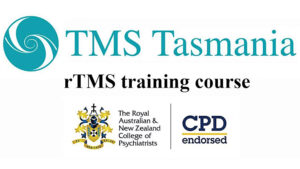Frequently Asked Questions
Myth: There are “serious” and “non-serious” mental disorders.
Myth: Psychiatrists only prescribe medication.
Fact: Psychiatrists are trained to recognise what will, and will not, respond to medication. Other options are available for various “talking” therapy approaches which can be offered depending on the patient’s circumstances, their condition and their wishes. In most cases where medication is used, therapy would be part of the treatment, and therapy rather than medication may be used as treatment by psychiatrists.
Myth: Those who seek therapy are not really ill, just bored.
Myth: All non-medical therapies are the same.
Myth: Dynamic Psychotherapy is “just talking” and can be done by anyone.
Fact: Long term intensive therapy, in those patients for whom it is indicated, consists not only in uncovering one’s personal past/history, but more specifically aims to elaborate how the patient unwittingly does things in the present to seemingly recreate the past difficulties – thus perpetuating problems / symptoms. This gives a person more choice about how to deal with problems, i.e. they can choose to do things differently. It is clearly a sophisticated and complex treatment that involves intensive training.
Myth: Psychotherapy takes too long and is therefore too expensive.
Myth: Psychotherapy is an outmoded form of treatment.
Myth: Cognitive therapy cannot be as effective as dynamic therapy.
Myth: Current Medicare arrangements preserve people’s access to intensive therapy
Myth: Deinstitutionalisation can’t work.
Myth: Psychiatric patients are always dangerous.
Myth: Long waiting lists for psychiatrists are due to inefficient work practices.
Myth: The tragedy of youth suicide is too complex to resolve.
Fact: Early detection of problems, awareness of difficulty, and the availability of help can be critical factors determining outcomes. However a 15 year study on successful intervention on youth suicide, from Western Australia, concluded that when a young person is admitted to accident and emergency departments following self harm behaviours, “…there were gross deficiencies in the kind of care being provided, not adequate assessments being made and the follow up tended to be woeful”. The report showed that we can successfully intervene and dramatically reduce the suicide risk if “you actually take the trouble to spend enough time with the person to gain their confidence, take a good history and ensure that whatever treatment is provided is addressing some of their immediate needs. It was particularly important to improve the likelihood of decent follow up.” The emphasis here is on being able to spend enough time and having enough expertise; both these factors are increasingly under threat in a strained, cost-cutting political environment.

